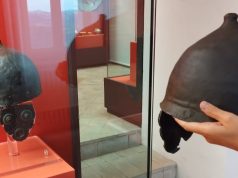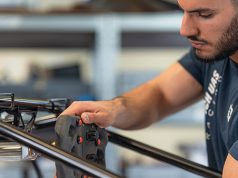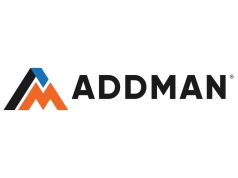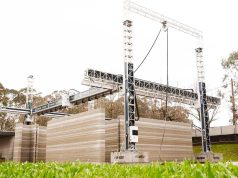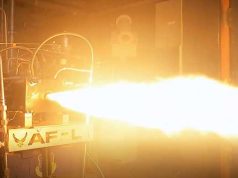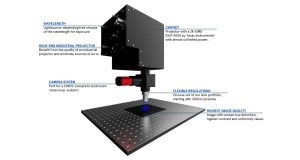Tinker Air Force Base in Oklahoma has begun manufacturing hard-to-find aircraft parts itself via 3D printing of sand molds and then sand casting them from aluminum. This method can produce spare parts up to 120 pounds in weight for older aircraft for which spare parts are difficult to obtain. The 76th Commodities Maintenance Group plans to continue to expand the new manufacturing process to ensure aircraft mission readiness.
“Designing molds and pouring parts in-house allows us to keep our aircraft flying,” said Michael Thompson, 76th CMXG foundry process engineer. “We cannot let the lack of a $100 casting ground a $50 million aircraft.”
Parts are created at the new foundry by 3D printing a sand mold mixed with a binder. Aluminum ingots are melted and poured into the mold. After cooling, the casting can be machined to produce the finished product.
“Three-dimensional sand printing is yet another technology that the REACT Lab has added to their manufacturing base in the last two years,” said Ryan Fowler, REACT materials engineer. “We are working towards getting metal printed components certified as airworthy, but since it’s a new technology it takes quite a bit more effort. Since these components were originally cast, REACT and 76th CMXG just need to go through a Source Approval Request.”
“Shell castings are more precise and complex than sand castings and are used in far more places; as in fuel pumps, control linkages, fans and places where air and fluids need to flow,” Thompson said.
Future investments include a new furnace for preheating the sand molds and an automated shell casting cell that uses robots to produce wax patterns for ceramic molds. These processes allow for more complex geometries and extremely smooth castings.
Although the cast products have not yet been used in aircraft, Thompson expects the parts to fly next year, assuming airworthiness testing is successful. The 76th CMXG is working toward National Aerospace and Defense Contractors Accreditation Program (NADCAP) certification and expects to receive it in June 2024.
The 76th Commodities Maintenance Group and the REACT Lab are demonstrating how 3D printing technology can be used in aerospace to improve in-house production. By continuously improving and certifying their processes, they are well on their way to becoming a major player in additive manufacturing for the aerospace industry.
Subscribe to our Newsletter
3DPresso is a weekly newsletter that links to the most exciting global stories from the 3D printing and additive manufacturing industry.




